Last Updated on July 3, 2025
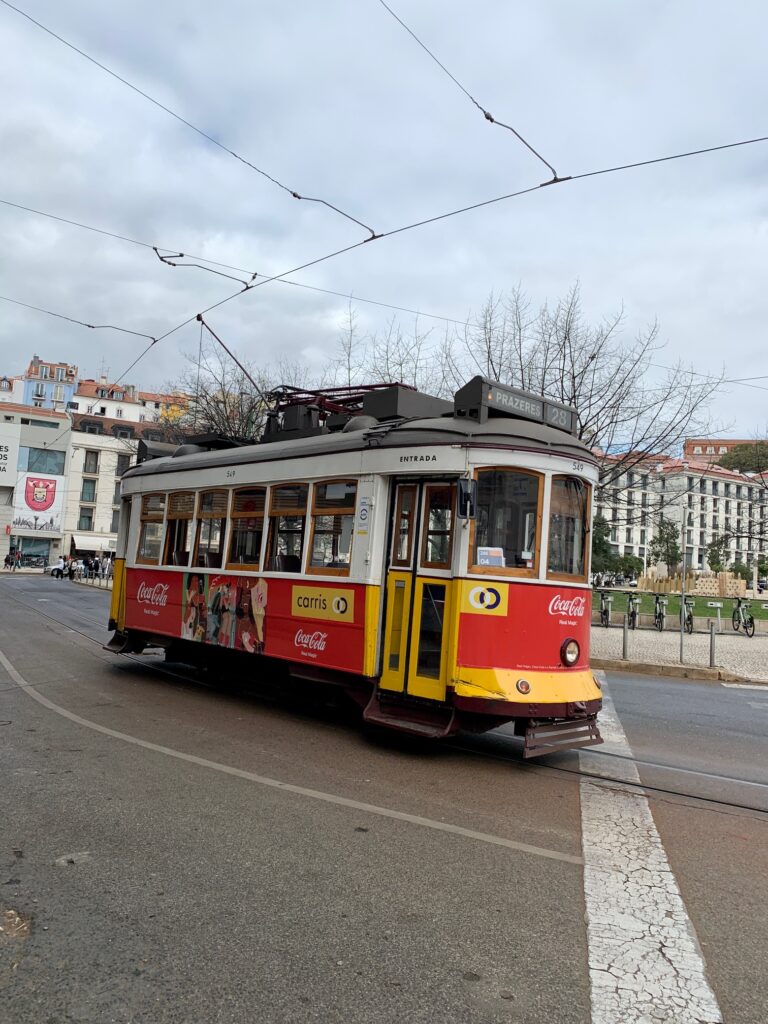

Lisbon is a dense city with good public transportation infrastructure. They have subway trains, trams, buses and even a few funicular. Using public transportation is a very convenient way of getting around Lisbon. The cost of using their public transportation is reasonable. The information presented in this blog is based on our Spring 2023 visit.
The Metro (Subway)
The Metro system consists of four subway lines. These are the blue (azul), red (vermelha), yellow (amarelha) and green (verde) lines. Some of the lines intersect so you can hop off from one and hop on another without leaving the train station. Signs are clearly hung or posted in the subway stations to direct you to the connecting lines or to the exit. The signs are both in Portuguese and English. Conveniently for tourists, the one of the red line’s terminus point is at the Lisbon airport. Just turn to the right when you exit the airport and the Metro is less than a minute walk.
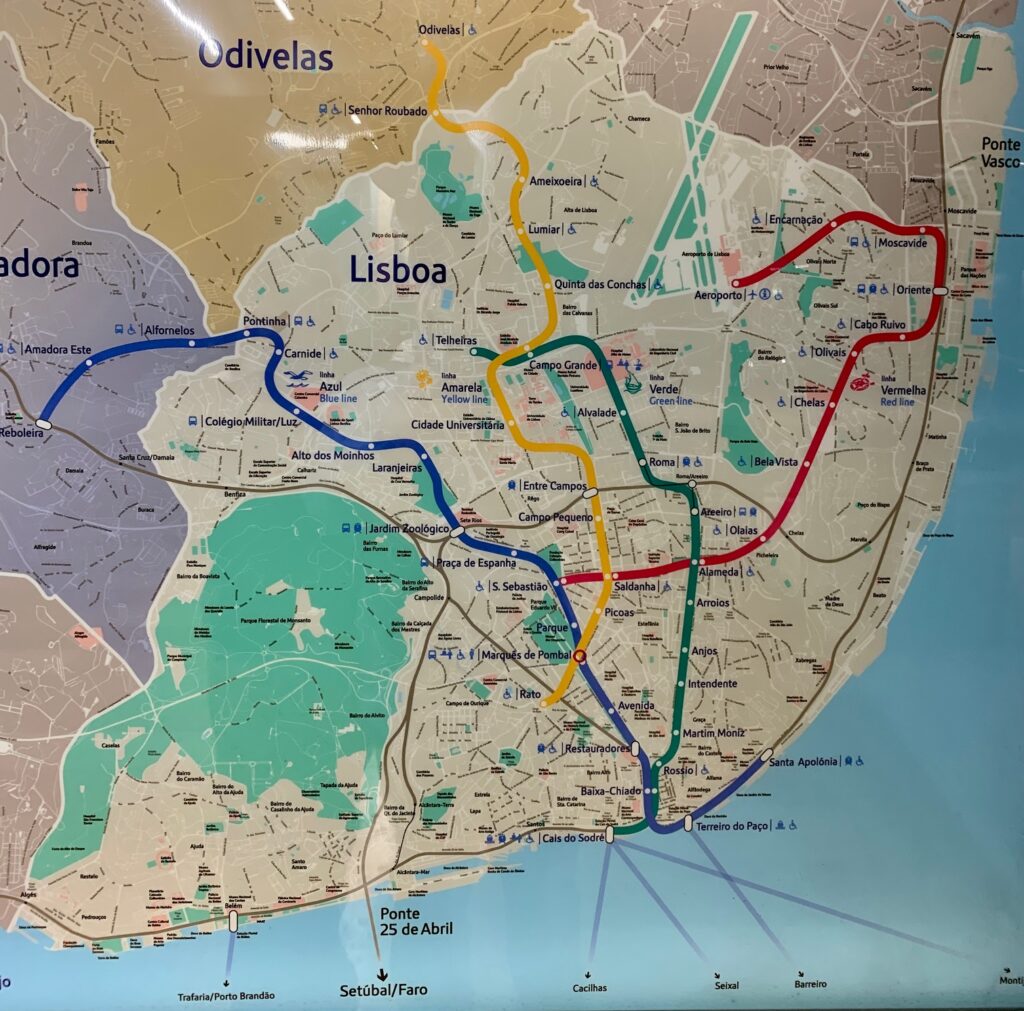

Tickets can be purchased at each station where there are ticket vending machines. You can choose Portuguese or English on the machines. The physical ticket costs 0.50 Euros so don’t throw it away if you are planning on riding Lisbon’s public transportation in the future.
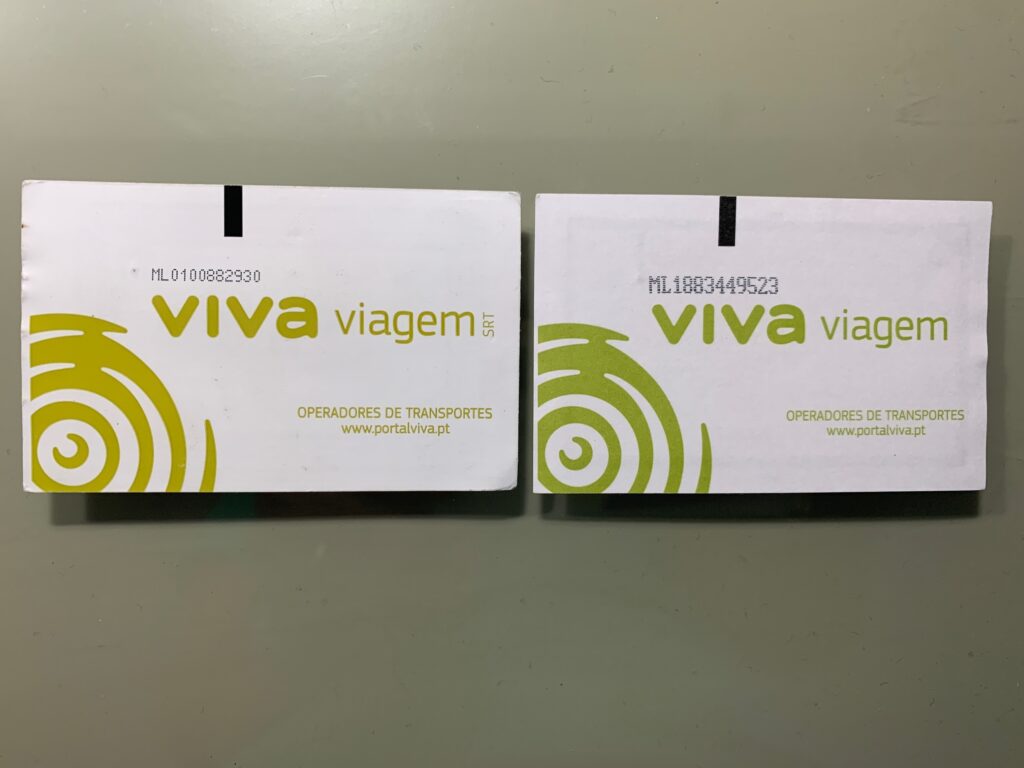

Besides the vending machines, there is also a manned booth at each station entrance right by the turnstile gates where you have to tap the ticket to get in and out. That same person will answer the call button at the ticket dispensing machine if you have questions. Ours actually came out of the booth to help us out despite having a “cerrado” sign in her booth.
Insert photo of ticket vending machine
Metro vending machines are also conveniently located inside the airport before you exit the building. There is a Metro employee that was helping people purchase their tickets. Someone that was flying out gave us their unused ticket which was holding a balance good for one trip. We just inserted the ticket in the vending machine to find out the balance.
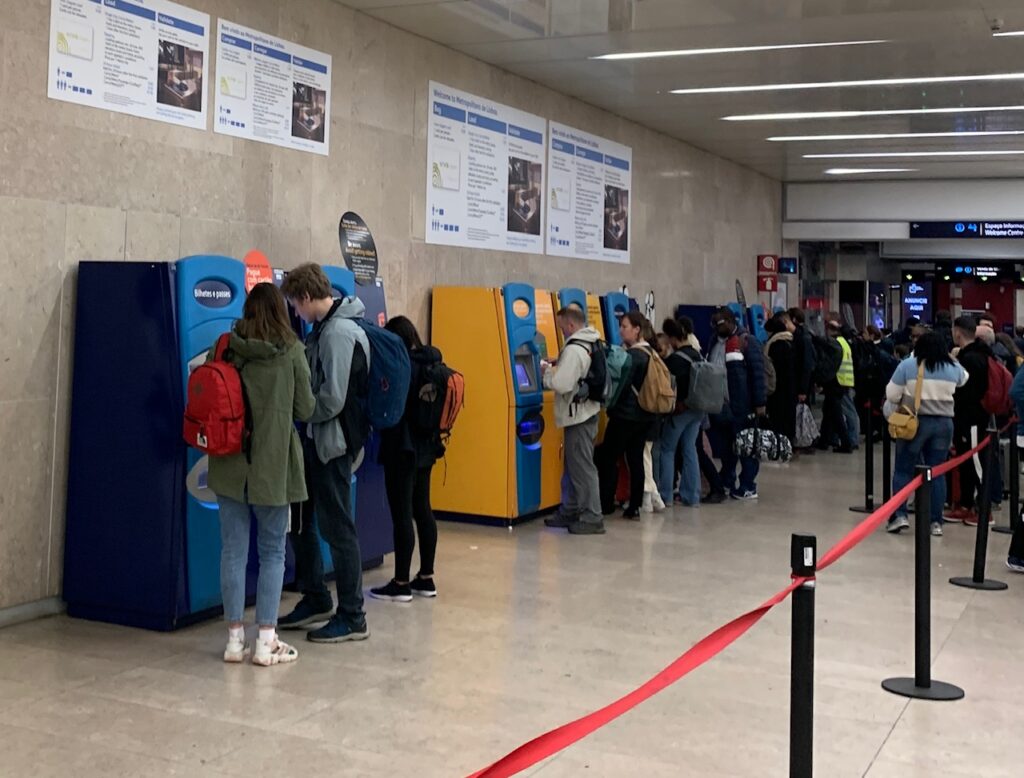

Each trip, meaning to get in and out of a train station, costs 1.50 Euros. The tickets are reloadable with preselected amounts based on the prompts on the ticket machines. We were not able to use this feature as we opted to use the 24-hr pass since we only had a couple days to go around Lisbon.
The 24-hr pass is an unlimited ride ticket. It is valid on all modes of public transportation including the Metro, buses, trams and ascensor (funiculars). The pass costs 6.60 Euros plus the ticket cost of 0.50 Euros for a total of 7.10 Euros. The pass starts counting down from its first use. Our flight the following day was early enough such we were able to go back to the airport using the 24-hour pass we purchased the day before.
Insert photo of sign for 24-hr pass
Each subway station will have two waiting areas corresponding to the train’s travel direction. You must know the terminus of the train you are getting on as that will be shown on the signs leading to the waiting area. Subway maps are also found at the stations so you can verify which train direction you need to board.
Trams
Trams are the smaller version of the metro, except that it’s slower and runs above ground. There are multiple trams that operate in Lisbon. Some are modern with multiple cars while others are nostalgic with just a single car. The most popular tram in Lisbon is Tram 28. We had a late start and got to Tram 28’s Martim Moniz station around 10:40 am (Martim Moniz is the West terminus of Tram 28). The line was already looooong!. We waited for about one hour and six trams had passed before we got on board.
Insert photo of Tram 28
Insert photo of modern tram
Tip: The tram is not filled when it leaves the starting station. We could have got on Tram 28 at the next station at Rua da Palma. This station is less than a five minute walk from Martim Moniz. The only downside is that you would be standing up.
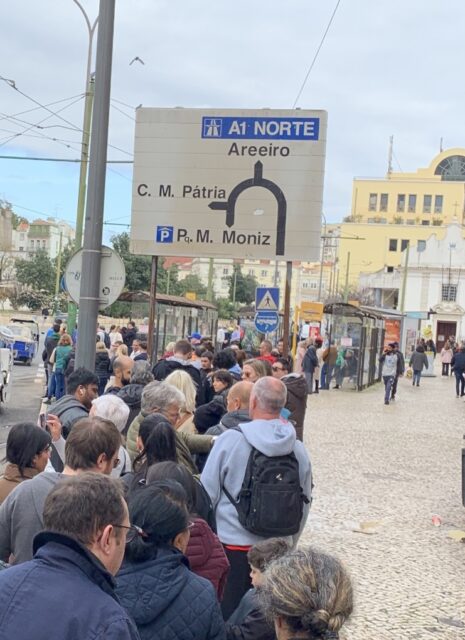

Tram 28 has double seats on the left side and single seat on the right side as you are facing the direction of travel. It has two doors, one at the front by the driver and the other at the back. You enter through the front and can exit through both doors.
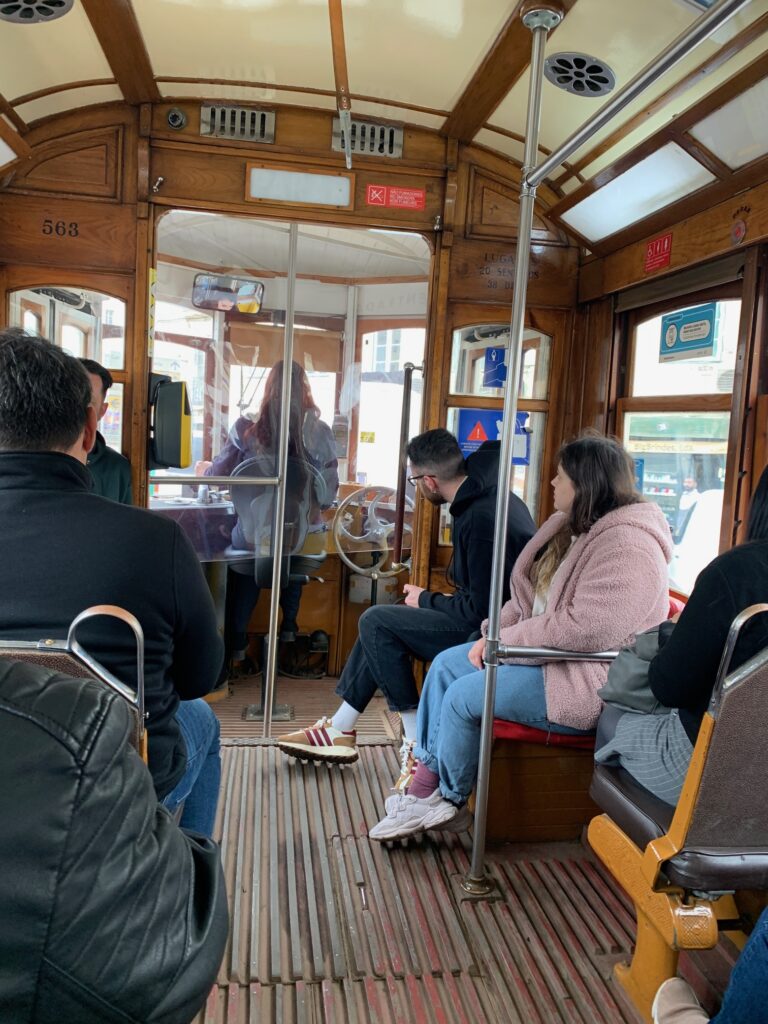

Trams have a card reader just behind the doors. We only saw people tapping their card on the reader to get on but not when getting off. For Tram 28, the reader is by the front door just behind the operator.
The modern trams will have the electronic signs which would show which terminus it is heading to. The nostalgic trams only have the painted line number on it so you have to know which direction the tram is going. There are also private tourist trams so you have to know which one those are so you don’t mistakenly get on it.
For both modern and nostalgic trams, you can purchase tickets in the tram itself. The modern trams will have vending machines that accept credit cards. For the nostalgic trams, the operation serves as the vending machine.
Buses
There are several bus lines that ply Lisbon’s streets. The bus lines are designated by numbers and are clearly shown on the front and back of the bus. The bus stops also show which bus would stop at that location. There is also bus route information at the bus station so you would know where the bus is headed. Some buses show their direction of travel on the electronic sign while others do not.
Insert bus photo
Buses have card readers behind the doors that you can tap in. Similar to trams, we did not see anybody tapping out. Buses also have a ticket vending machine where you can buy the ticket using a credit card.
Insert bus route information sheet at the bus stop
Funicular
There are a couple of ascensors or funiculars that operate in Lisbon. We rode the Ascensor da Bica because it ends at the street of the route of Tram 28. We simply got off Tram 28 and rode the Ascensor da Bica going down. Most people walk the ascensor’s route down and ride the Ascensor da Bica on the way up to avoid giving their legs a workout if. The ascensor’s route is short and takes less than five minutes.
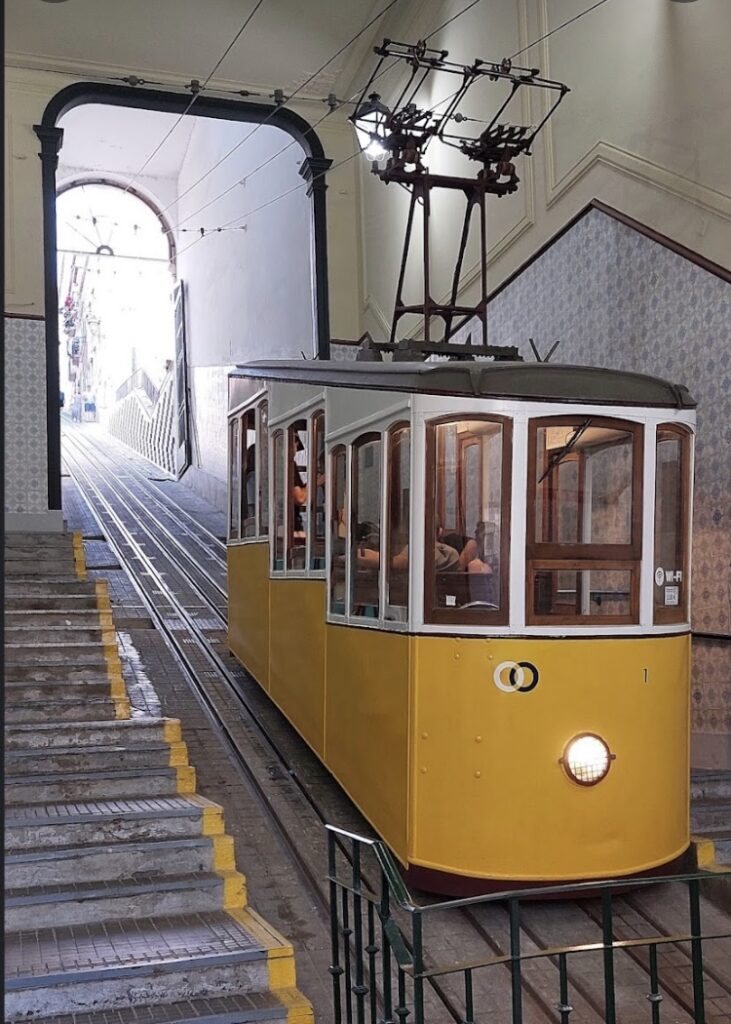

There is a physical building at the bottom of the run where people take selfies because it has the Ascensor da Bica sign on the wall. There was a line of people, though not long, waiting to get on the funicular to go up. At the other end on top of the run, the funicular is just parked on the street. We just showed our 24-hour ticket to the driver and he nodded so we just sat and waited for a few minutes. We departed at the top of the hour. On-line articles we read indicate that the ascensor runs every 15 minutes.
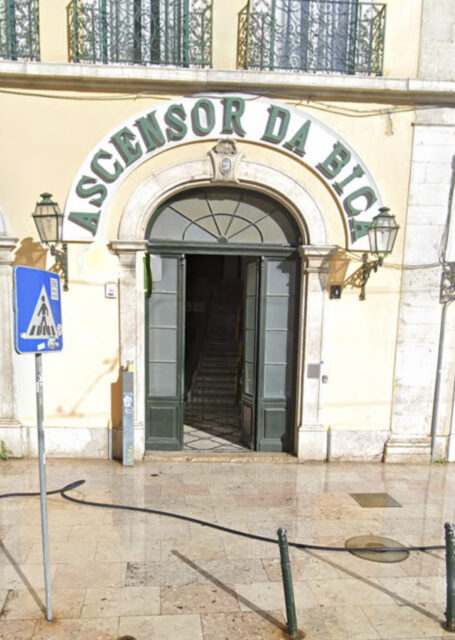

The cost to ride Ascendor da Bica is 3.80 Euros. There are two cars that ply the Ascensor da Bica. One would go up while the other would go down. They have to be in-synch as there is a short section where they share the track. Most people ride the Levador da Bica on the way up to avoid giving their legs a workout. Levador da Bica’s route is short and you can tell which direction it’s going (either down or up).
Other ways of Getting Around Lisbon
I’ll just mention the following other means of getting around Lisbon since we only saw them but did not use them.
Bus tours. We saw a number of bus tours on the street. Most of them are the red double decker buses.
Tuk-tuks. While waiting at the Tram 28, there were a lot of tuk-tuk or three (sometimes four) wheeled motorcycles trying to convince people that using their services is a better way to see Lisbon than wasting time waiting in line. For us, we really never enjoy our explorations if there is somebody ushering us to go here or there.
Private tours. We also observed some small private buses on the street. Some have hop on and hop off signs.
Summary
There are many ways to get around Lisbon. For us, it’s using their public transportation and the 24-hour pass. I don’t think you will be able to find a better deal than having unlimited rides for 24 hours for only 7.10 Euros. Granted, there is no one that will guide you where to go or that you may be spending more time looking, searching or waiting but that’s the beauty of travel. It’s more satisfying to discover and experience places on your own and at your own pace.
